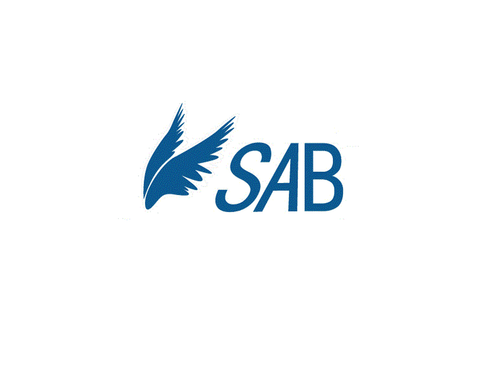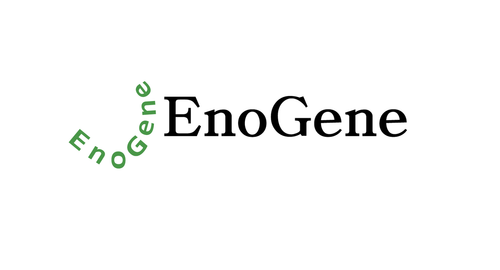Product Description
HOXD11 Antibody | 27-459 | ProSci
Host: Rabbit
Reactivity: Human
Homology: N/A
Immunogen: Antibody produced in rabbits immunized with a synthetic peptide corresponding a region of human HOXD11.
Research Area: Transcription
Tested Application: E, WB
Application: HOXD11 antibody can be used for detection of HOXD11 by ELISA at 1:62500. HOXD11 antibody can be used for detection of HOXD11 by western blot at 0.25 μg/mL, and HRP conjugated secondary antibody should be diluted 1:50, 000 - 100, 000.
Specificiy: N/A
Positive Control 1: Cat. No. 1211 - HepG2 Cell Lysate
Positive Control 2: N/A
Positive Control 3: N/A
Positive Control 4: N/A
Positive Control 5: N/A
Positive Control 6: N/A
Molecular Weight: 35 kDa
Validation: N/A
Isoform: N/A
Purification: Antibody is purified by peptide affinity chromatography method.
Clonality: Polyclonal
Clone: N/A
Isotype: N/A
Conjugate: Unconjugated
Physical State: Liquid
Buffer: Purified antibody supplied in 1x PBS buffer with 0.09% (w/v) sodium azide and 2% sucrose.
Concentration: batch dependent
Storage Condition: For short periods of storage (days) store at 4˚C. For longer periods of storage, store HOXD11 antibody at -20˚C. As with any antibody avoid repeat freeze-thaw cycles.
Alternate Name: HOXD11, HOX4, HOX4F
User Note: Optimal dilutions for each application to be determined by the researcher.
BACKGROUND: HOXD11 belongs to the homeobox family. This family play an important role in morphogenesis in all multicellular organisms. The mouse Hoxd11 plays a role in forelimb morphogenesis.This gene belongs to the homeobox family of genes. The homeobox genes encode a highly conserved family of transcription factors that play an important role in morphogenesis in all multicellular organisms. Mammals possess four similar homeobox gene clusters, HOXA, HOXB, HOXC and HOXD, located on different chromosomes, consisting of 9 to 11 genes arranged in tandem. This gene is one of several homeobox HOXD genes located in a cluster on chromosome 2. Deletions that remove the entire HOXD gene cluster or the 5' end of this cluster have been associated with severe limb and genital abnormalities. The product of the mouse Hoxd11 gene plays a role in forelimb morphogenesis.
 Euro
Euro
 USD
USD
 British Pound
British Pound
 NULL
NULL










